Introduction to Rare Phenomena in Chess
Chess, a game with an illustrious history spanning over 1500 years, is a complex blend of art, science, and sport. With a finite number of 64 squares and a fixed set of rules, one might assume that the game is predictable. However, chess is famous for its intricacies and the near-infinite possibilities it offers. Among these possibilities are certain rare phenomena—events or strategies so uncommon that even seasoned players may not encounter them in a lifetime of playing.
1. The King's Walk
One of the most exhilarating sights in a chess game is the prolonged advance of a king across the board during a game, commonly referred to as a King's Walk. Far from typical strategies, this involves the king becoming an active piece well before the endgame, sometimes even around the middle game. Traditionally, kings are protected in the safety of their territory, making their aggressive advancement across the board both risky and rare.
Historical Instances of King's Walk
One famous instance is the game between Nigel Short and Jan Timman at Tilburg in 1991. Short maneuvered his king from g1, forward to g5, h6, and finally to h7 in a masterful endgame technique, eventually leading to a win through a strategic checkmate that is studied in chess lore extensively.
2. Underpromotion in Chess
Promoting a pawn reaching the eighth rank is a common endgame strategy in chess, usually resulting in a queen. However, there are instances where underpromotion—to a knight, bishop, or rook—becomes the best strategic choice. This is extremely rare but can be decisive and typically occurs to avoid a stalemate that a queen might otherwise cause or to create an immediate checkmate or threat that only a knight, bishop, or rook could accomplish.
Remarkable Game Examples
An iconic example of underpromotion occurred in the game between Bob Basman and Gordon Morrison in the British Chess Championship, Aberystwyth 1958. Basman promoted to a knight to fork the king and queen of his opponent, a move that proved to be both unexpected and completely winning.
3. Double Check and Mate
In chess, a double check occurs when two pieces simultaneously attack the opposing king. This forces the king to move because no piece can block attacks from two different sources at once. A double check that leads directly to mate is even rarer and is a powerful tactic when it occurs, essentially leaving no escape routes for the opposing king.
Example from Grandmaster Play
A fine example can be seen in the game between Alireza Firouzja and Rogelio Antonio Jr. in 2019, where Firouzja unleashed a double check using his knight and rook, seamlessly leading it into a checkmate, showcasing the devastating effectiveness of this tactic.
4. The Immortal Zugzwang Game
Zugzwang, a German term meaning compulsion to move, is a situation in chess where one player is put at a disadvantage because they must make a move when they would prefer to pass and not to move. An Immortal Zugzwang game refers to a rare situation where almost every possible move worsens the position of the player in zugzwang. This occurrence is uncommon because chess usually affords a player several neutral or maintaining options.
A Classic Example
One of the most famous examples is the game between Friedrich Saemisch and Aron Nimzowitsch, played in Copenhagen in 1923. Nimzowitsch maneuvered Saemisch into a position where any move would deteriorate his position, demonstrating the depth of strategic understanding and foresight.
5. Perpetual Check
A perpetual check refers to a situation in chess where a player can continuously check the opponent's king without a method for escape, effectively forcing a draw. This tactic is rare due to the high-level of skill in chess calculation and foresight required to execute or fall into this loop unintentionally.
Historic Occurrence
An illustrative example occurred in the game between Viswanathan Anand and Garry Kasparov in the World Chess Championship 1995, where Anand executed a series of checks from which Kasparov’s king could not escape, leading the game to a draw.
6. Queening a Pawn on the Fifth Move
Promoting a pawn as early as the fifth move of a chess game is exceedingly rare. This phenomenon typically arises from a set of poor decisions by the opponent but showcasing a swift tactical prowess by the player achieving the promotion. The early queen significantly disrupts the balance and typically leads to a quick victory.
A Notable Game
This rarity was seen in a game of online blitz chess where Hikaru Nakamura promoted his pawn by his fifth move against an amateur. The early domination set the tone for the remainder of the game, which ended swiftly in Nakamura's favor.
Conclusion
In the vast strategic universe of chess, rare phenomena underscore the game's beauty, showing its depth and the intricate possibilities beyond normal tactical play. From the spectacular King’s Walk to the cunning use of underpromotion and the rare occurrence of zugzwang, these phenomena not only entertain but also teach valuable lessons in flexibility, creativity, and the art of war over 64 squares. The studies of such exceptional tactics provide both an educational insight and an inspirational challenge for even the most seasoned chess aficionados.
Explore our large collection of beautiful chess sets!


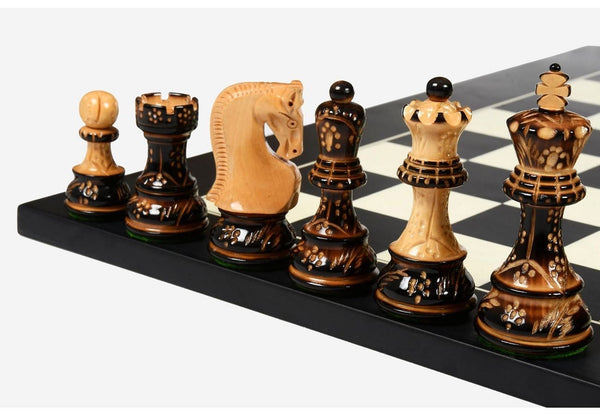
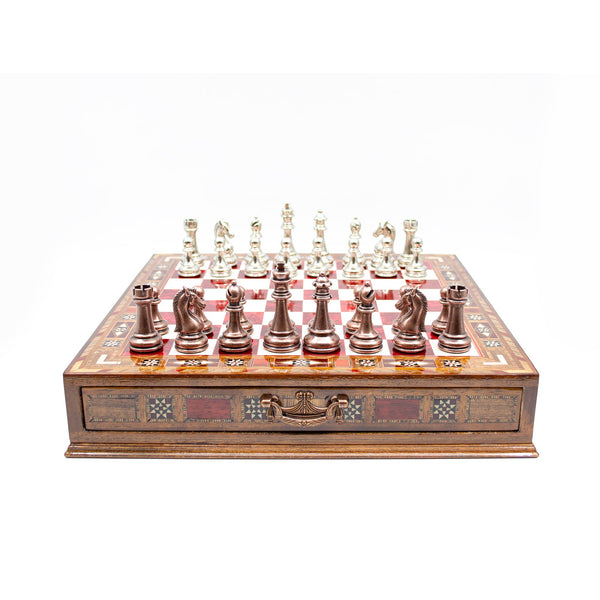
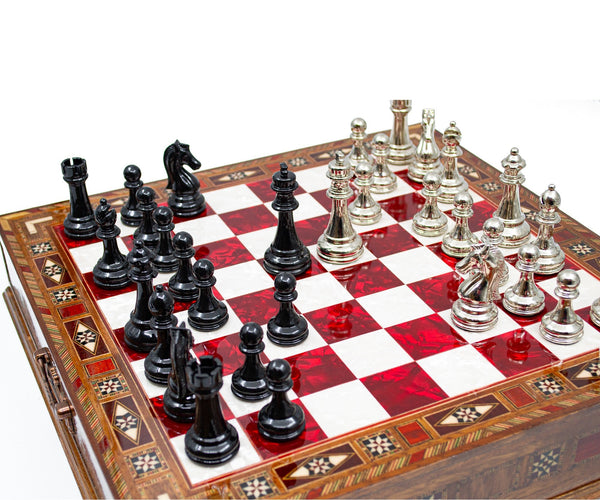
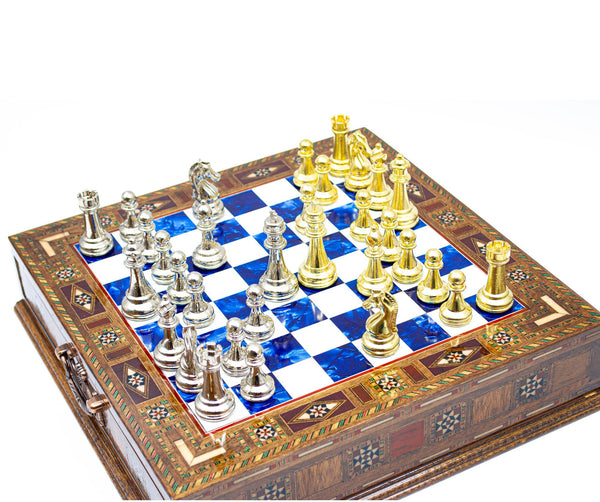
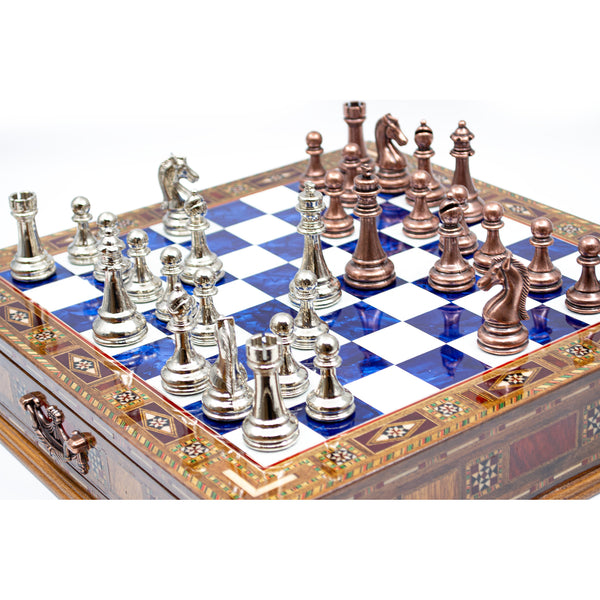
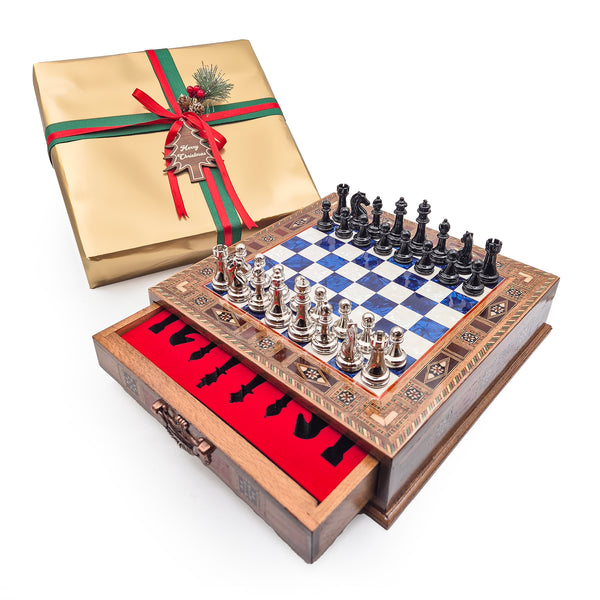







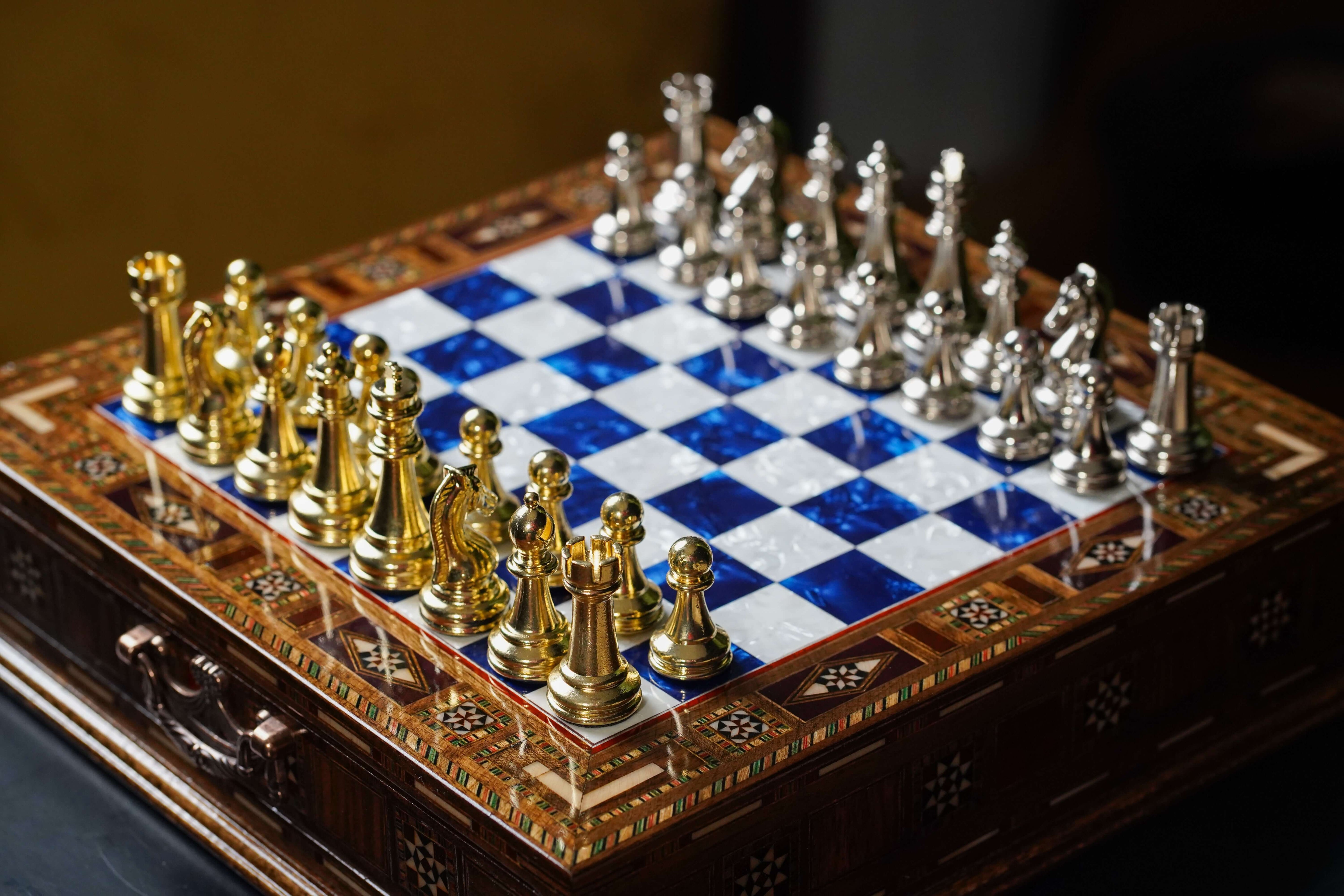
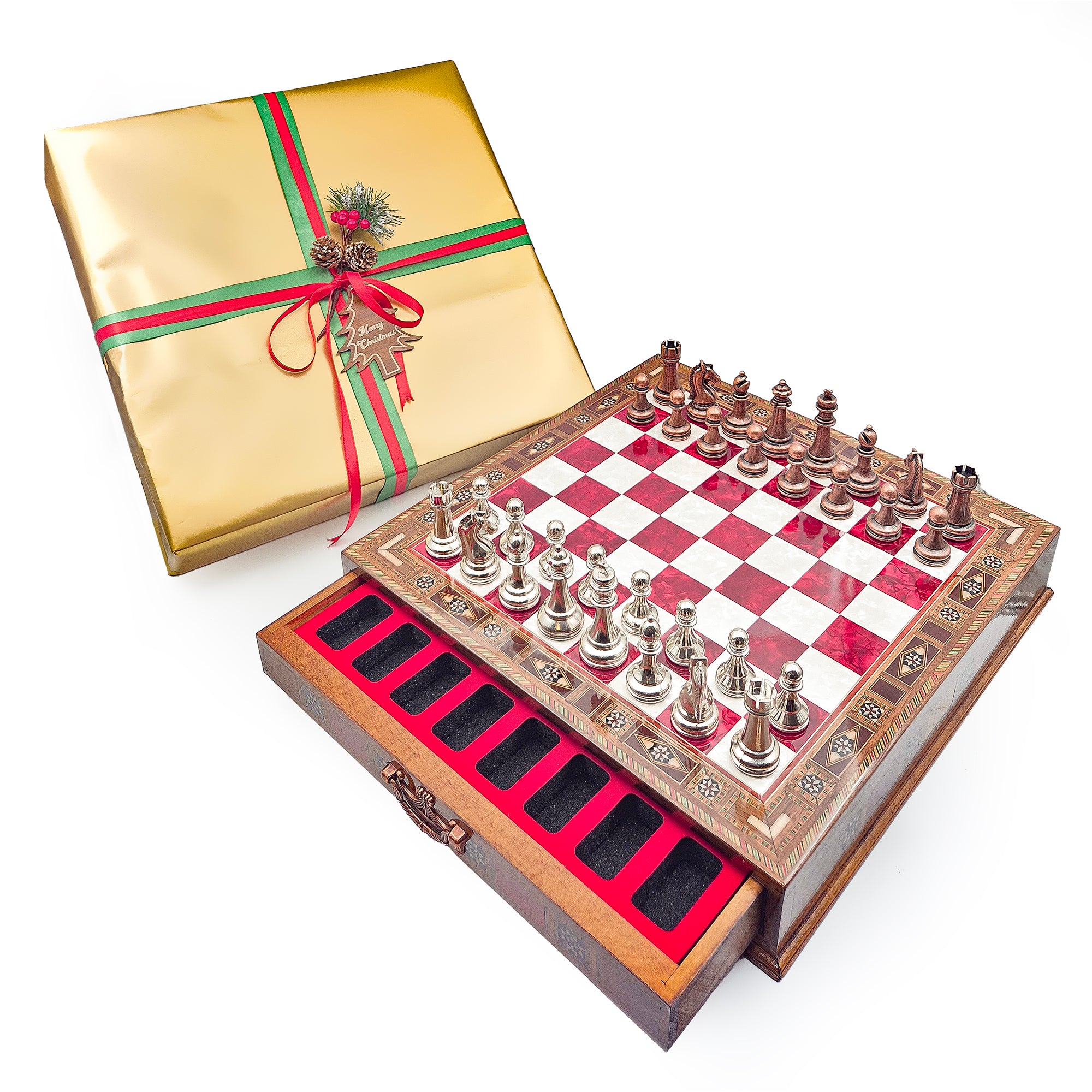
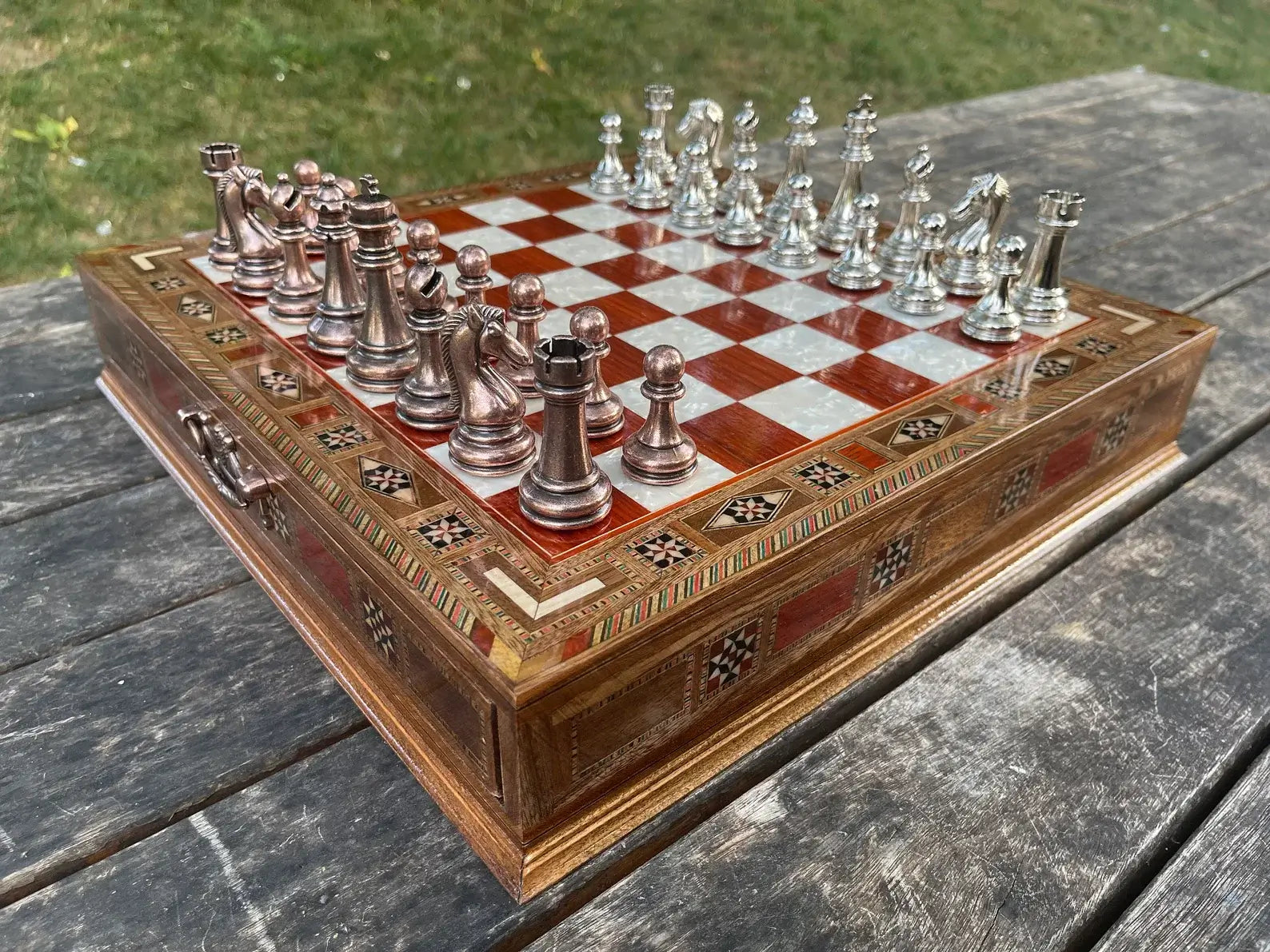
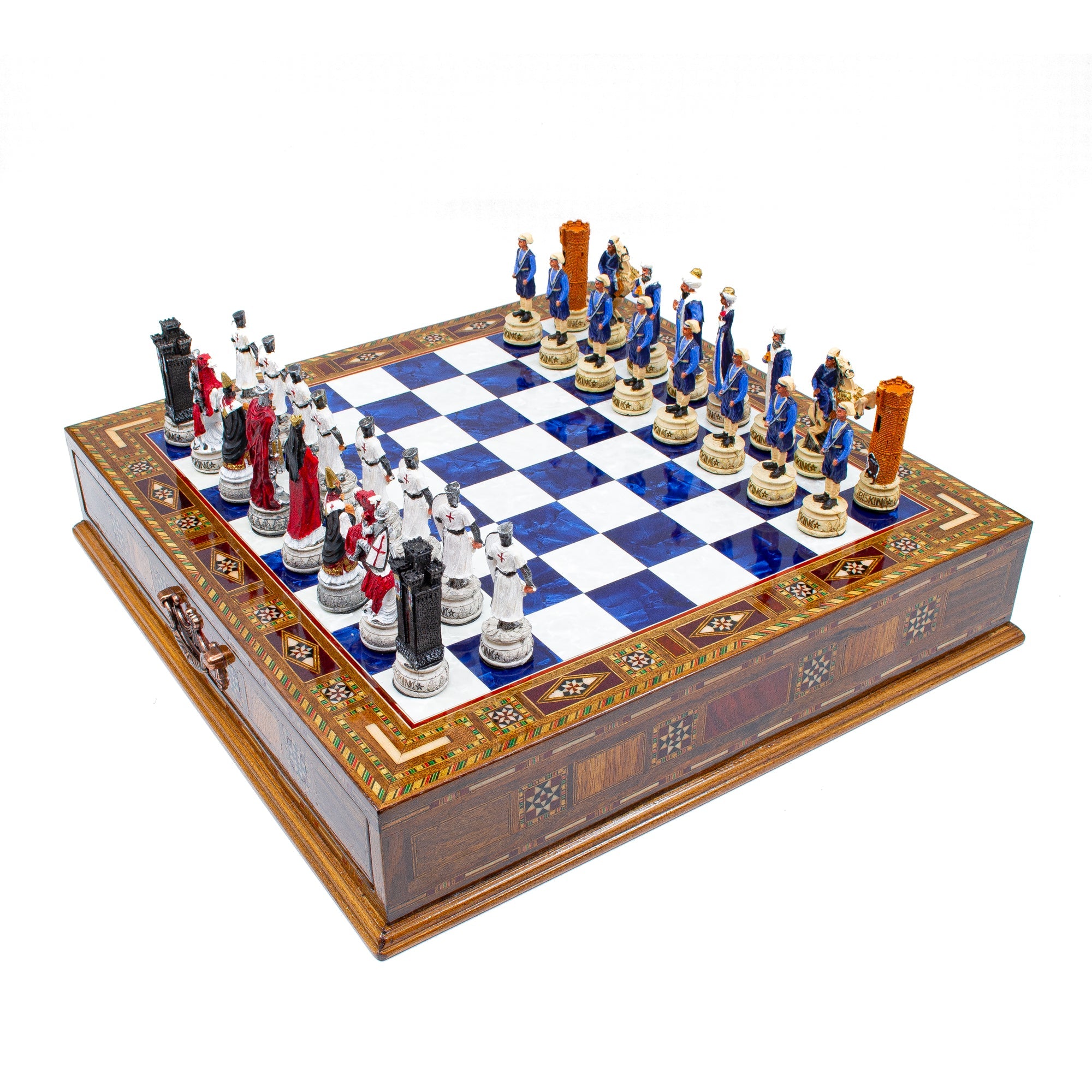
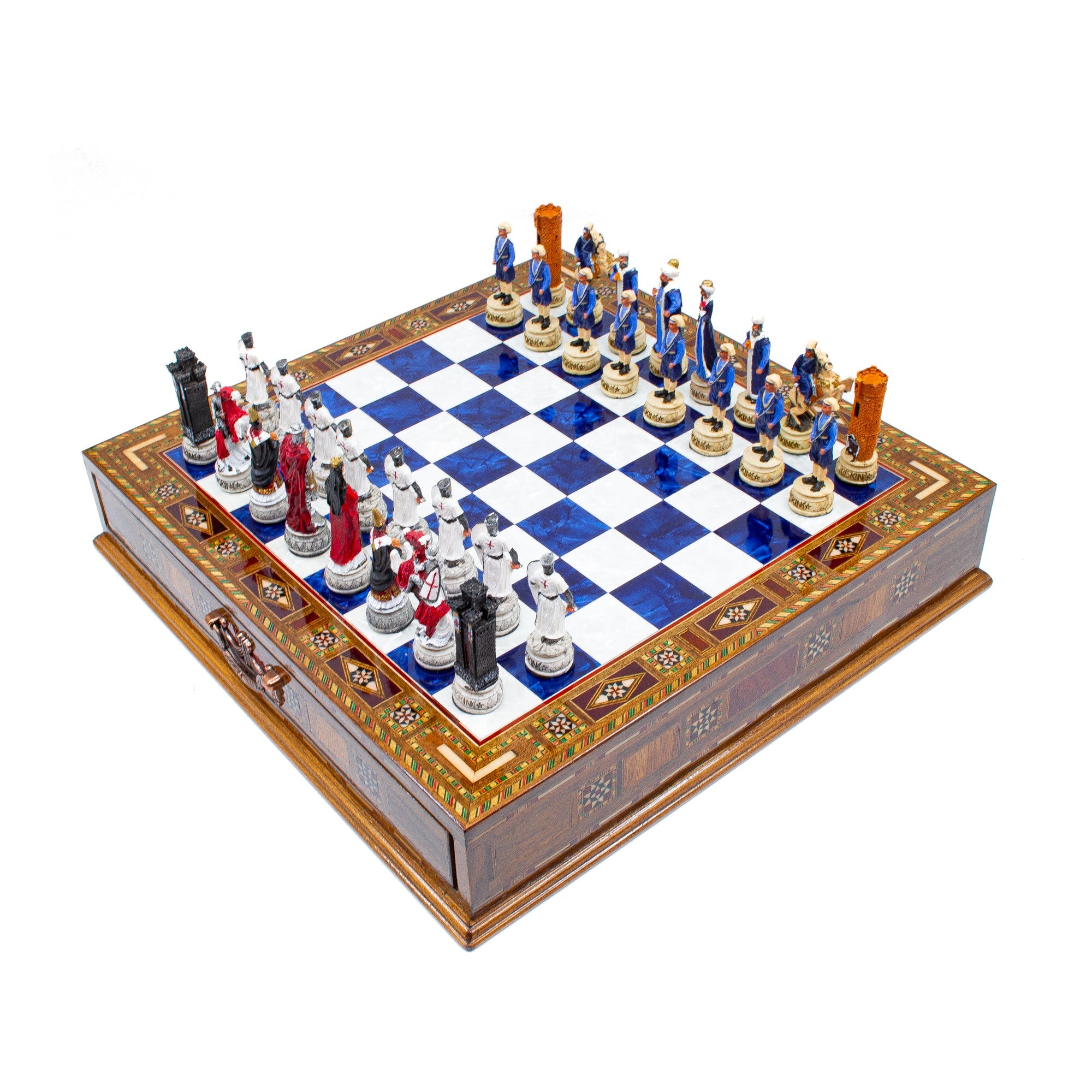
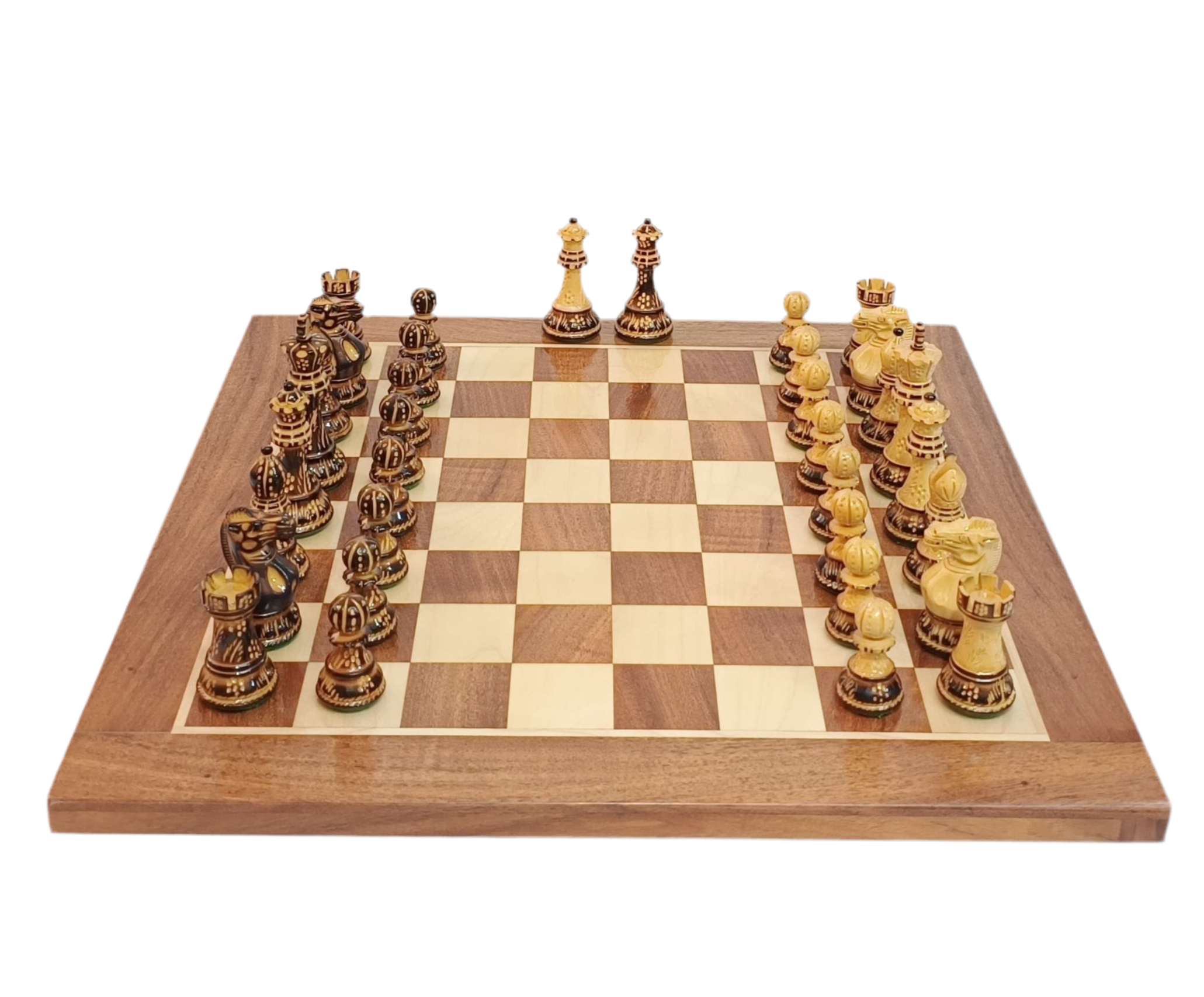
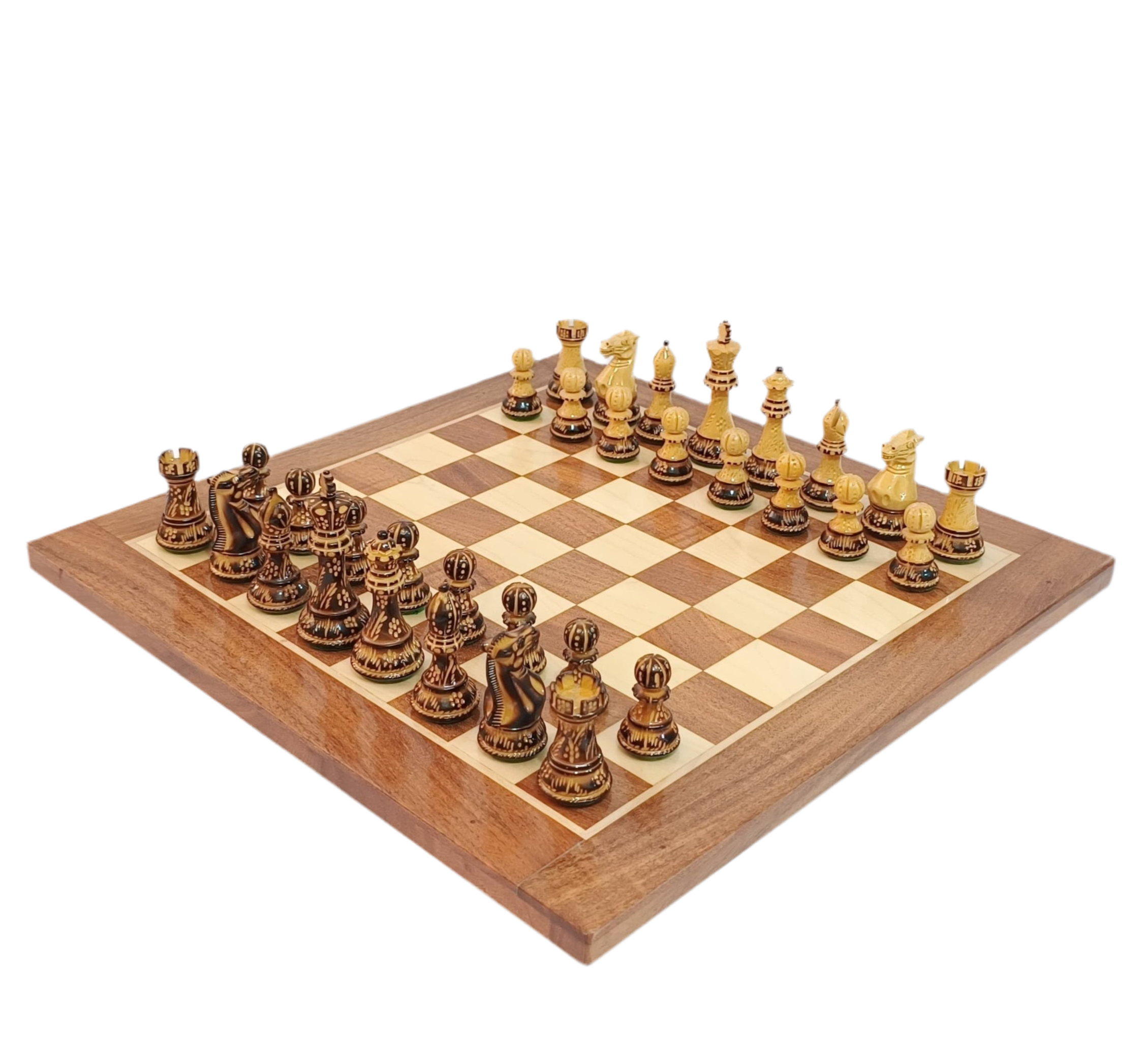
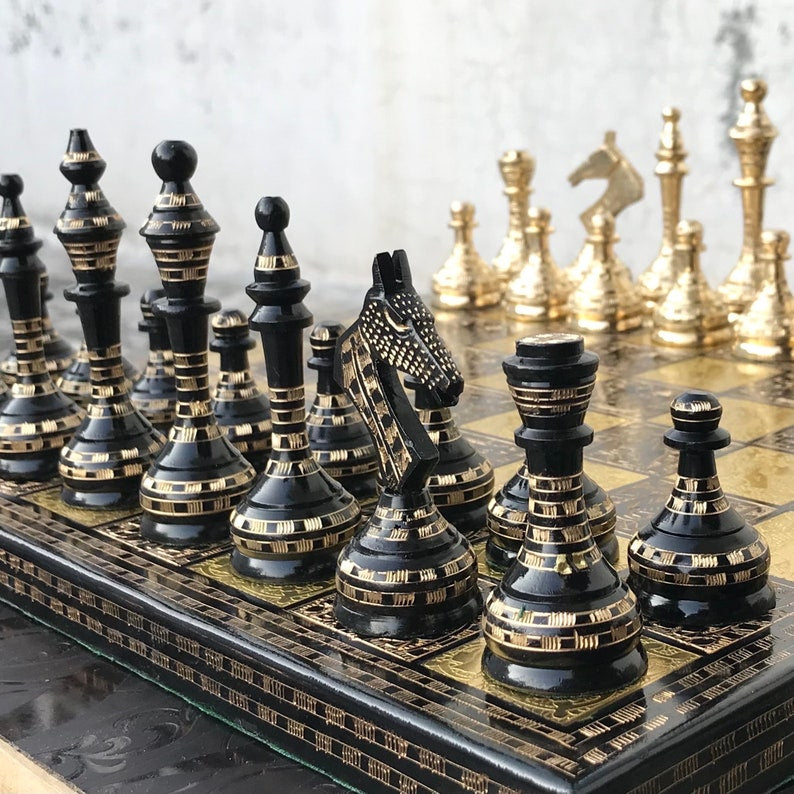
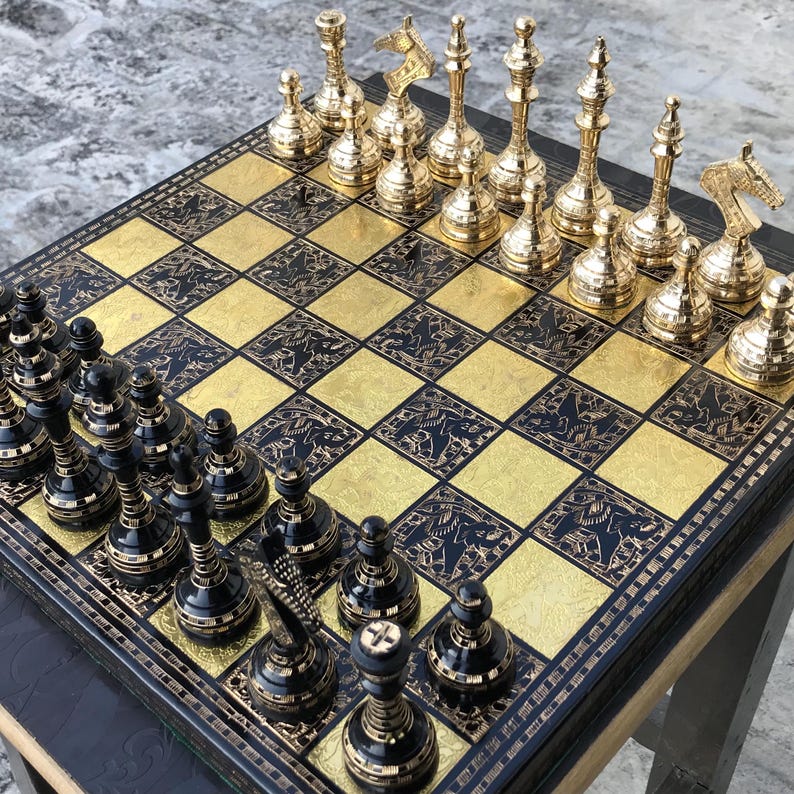


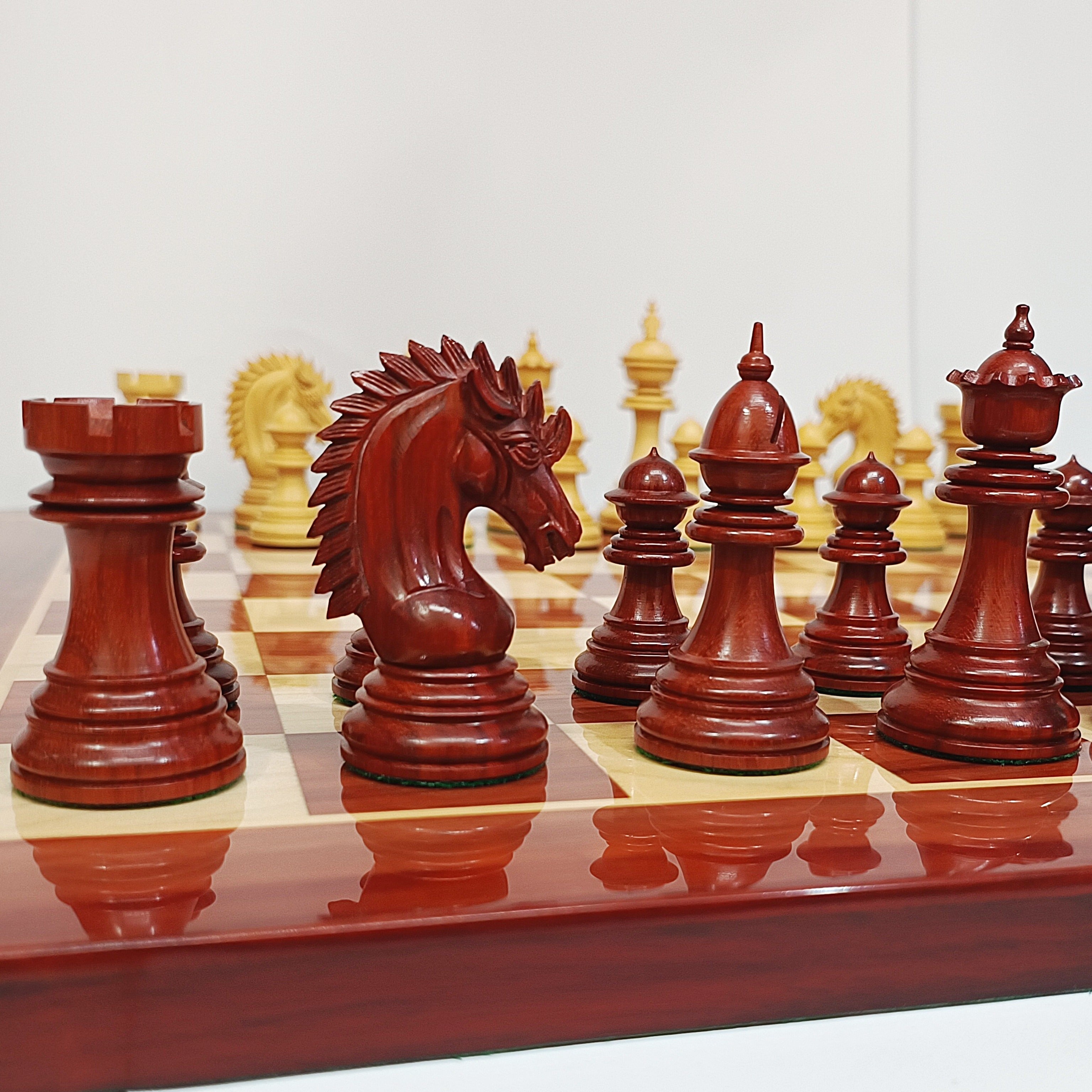
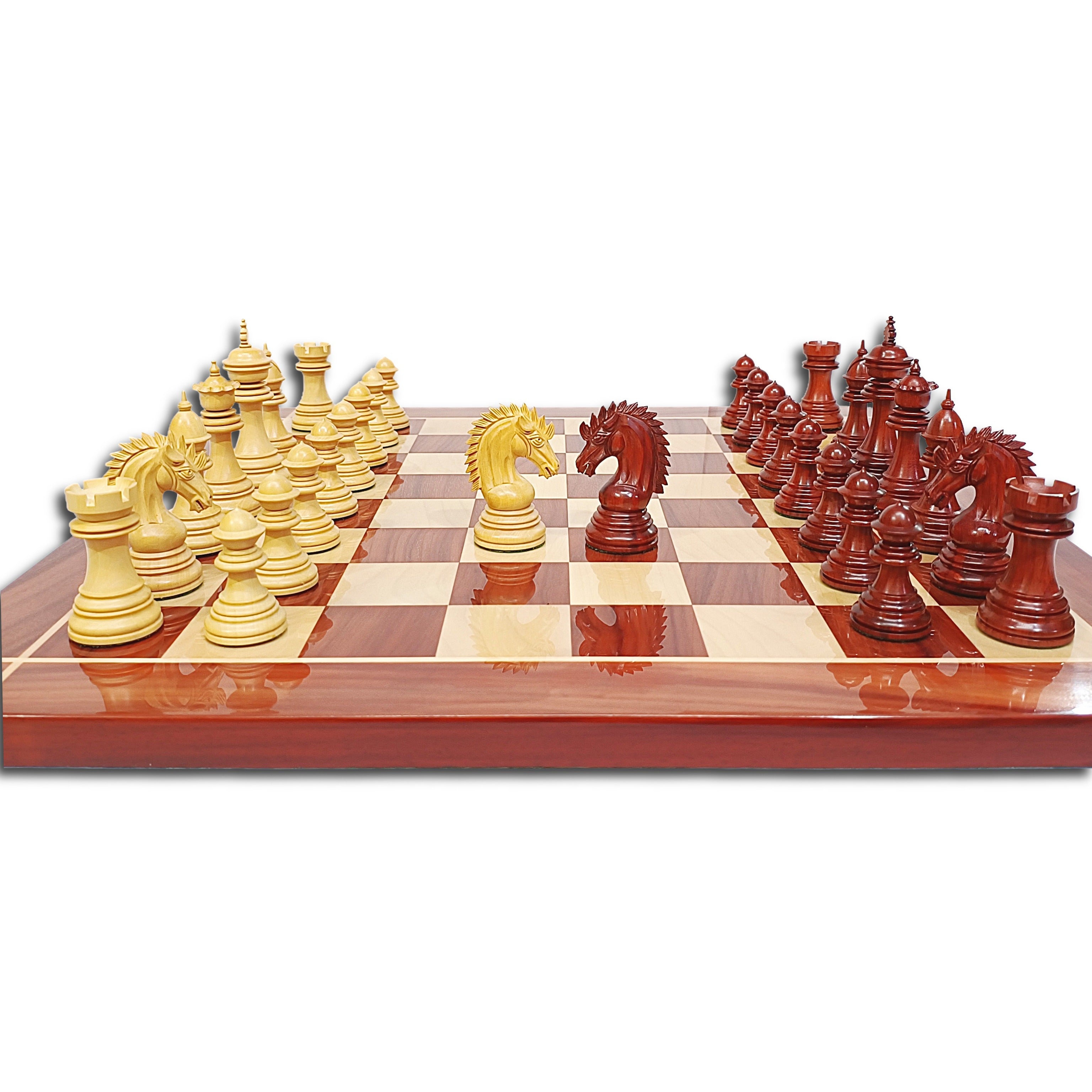

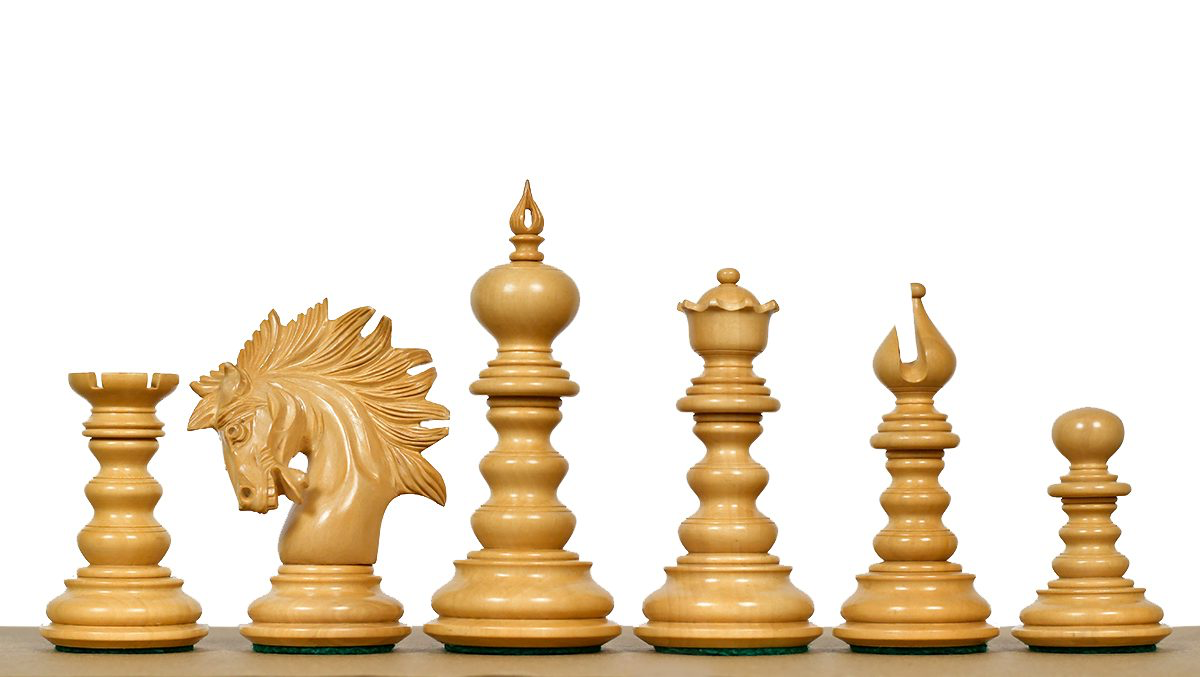
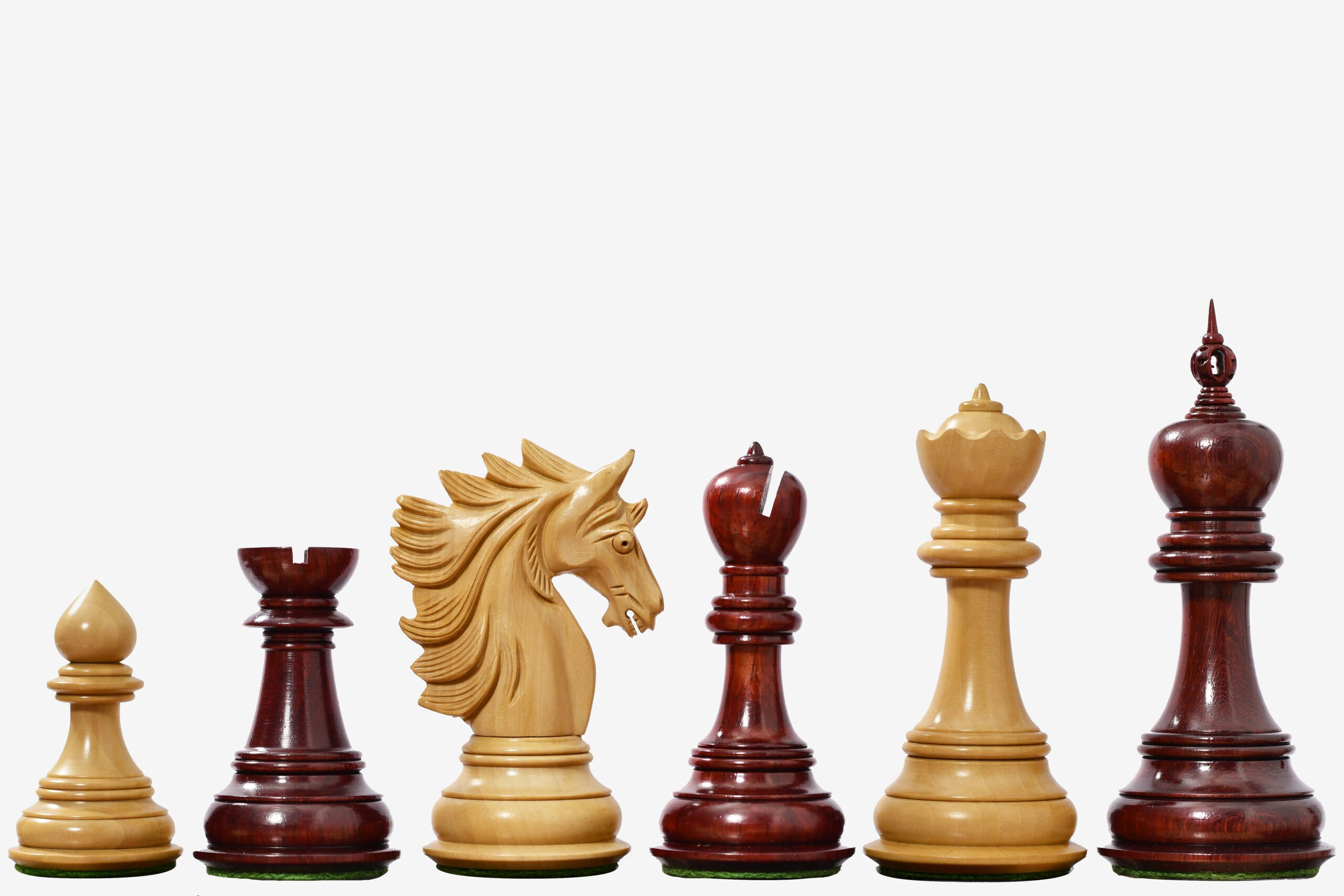
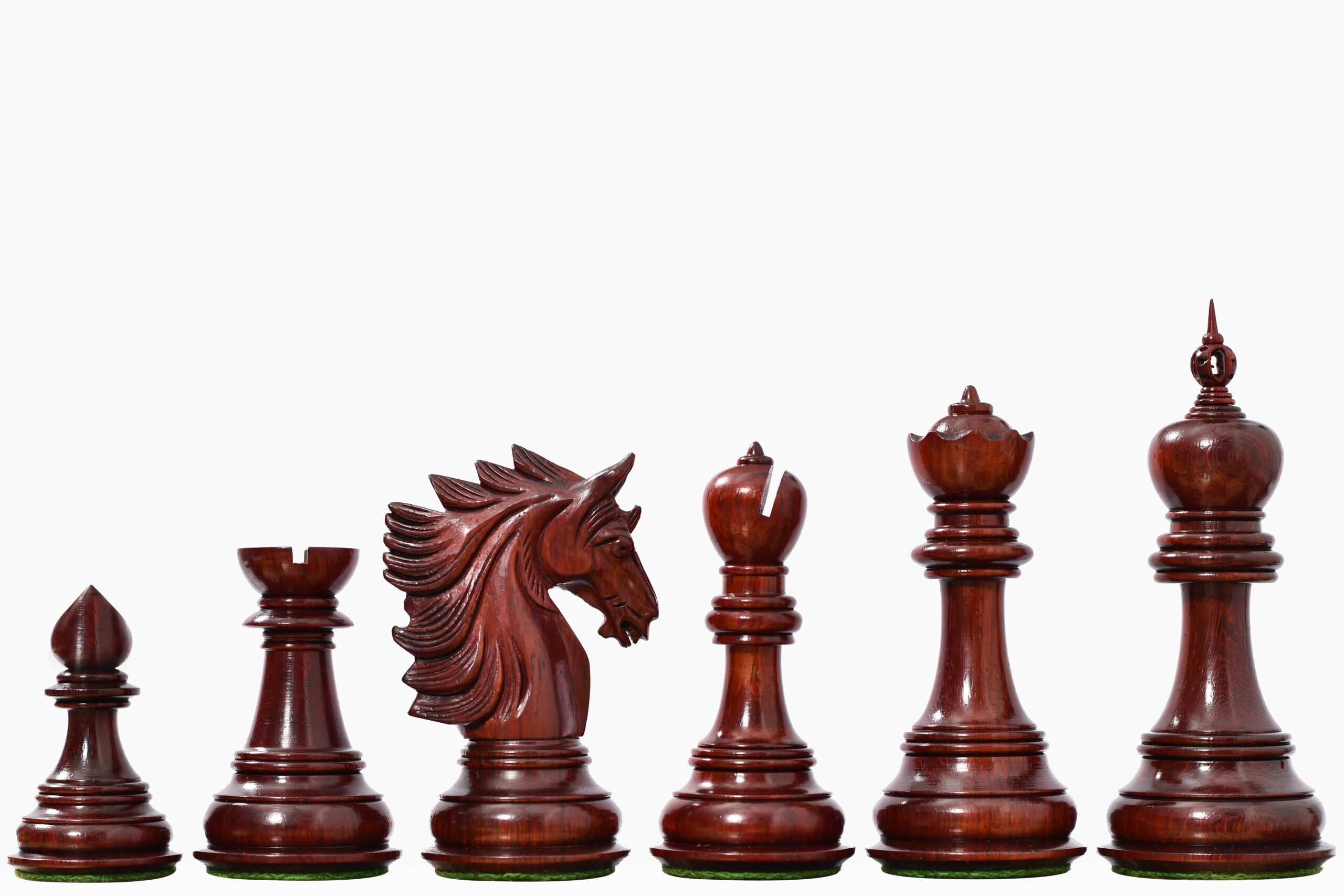
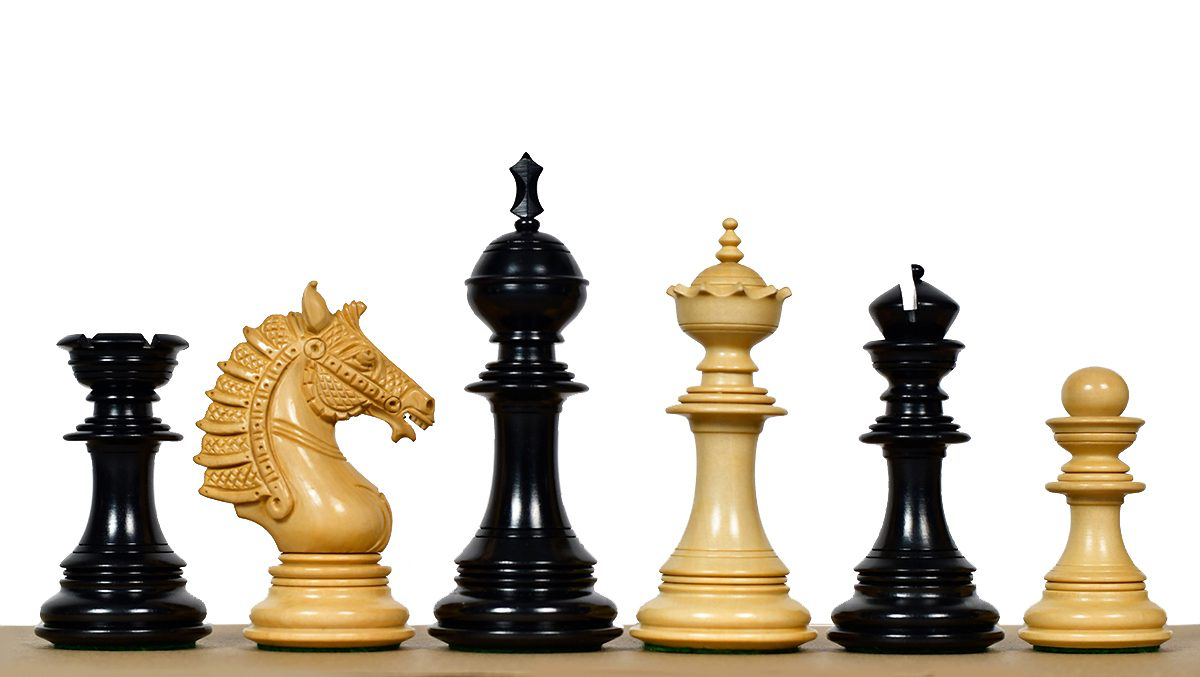
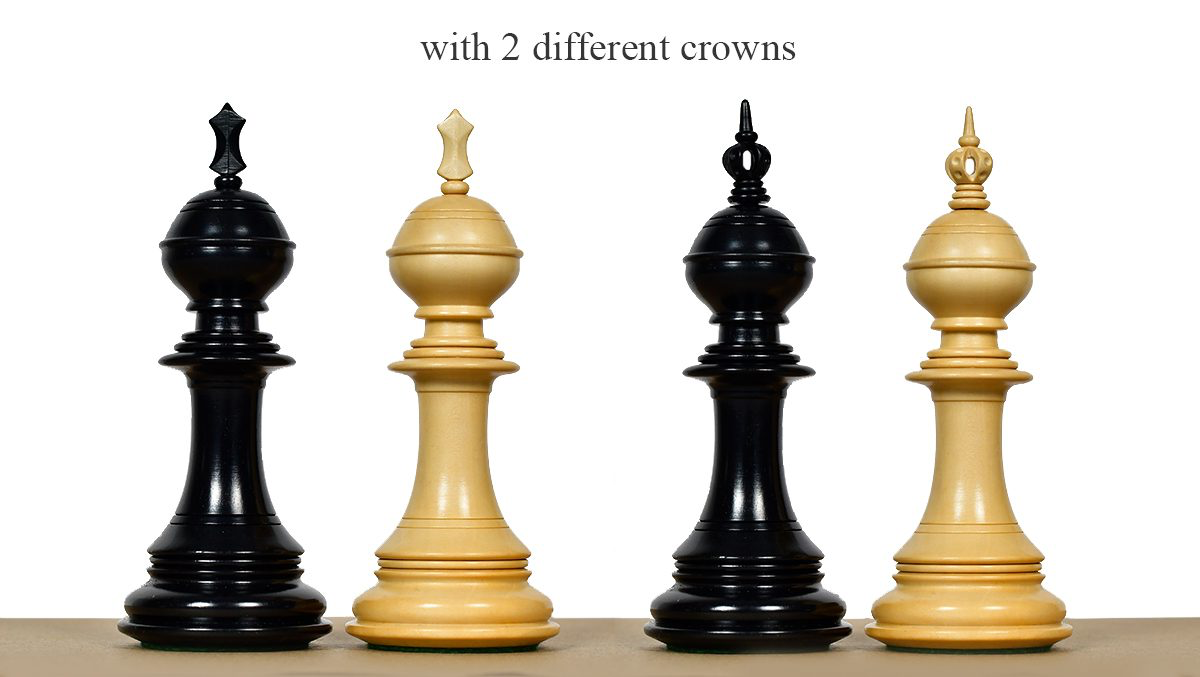
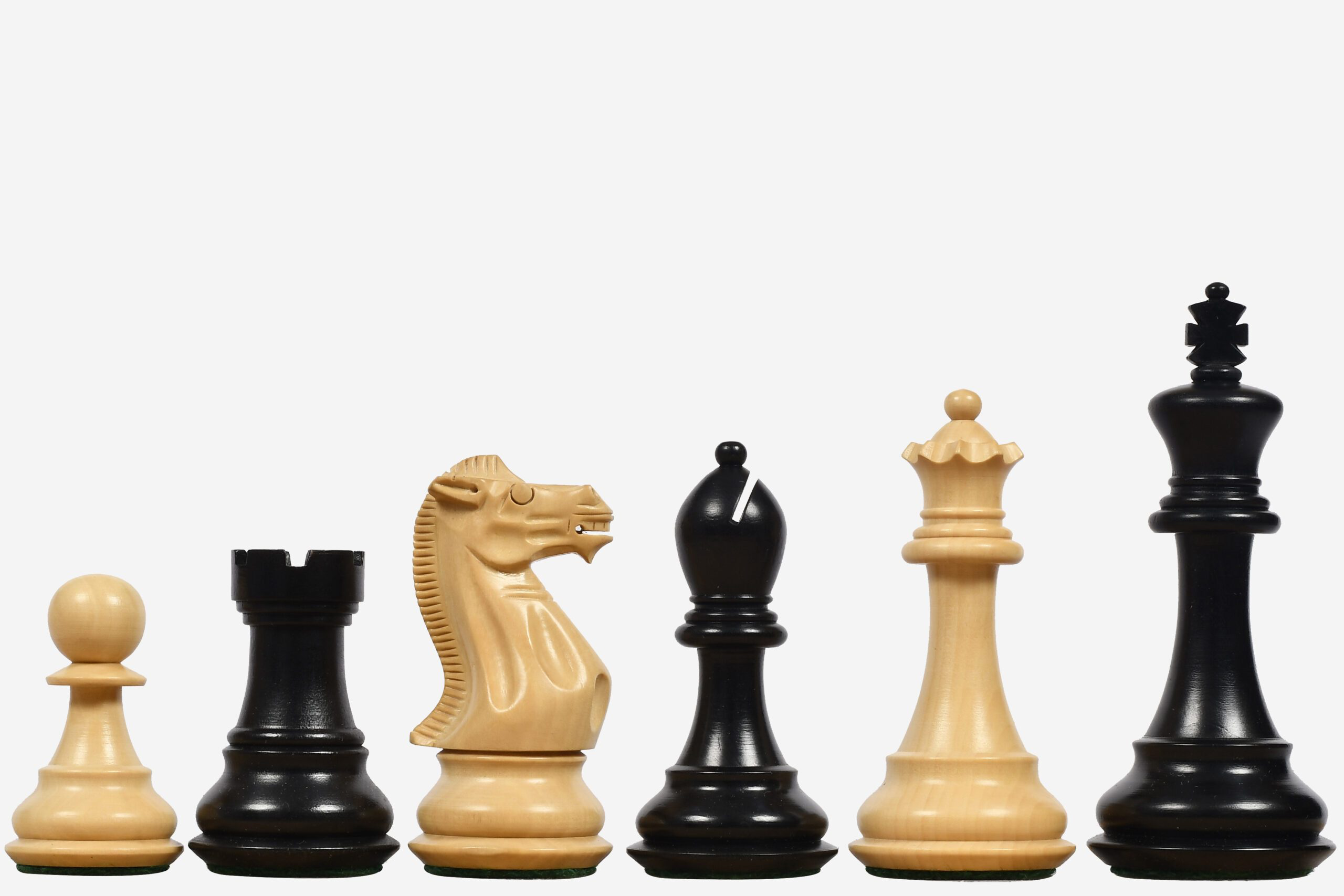
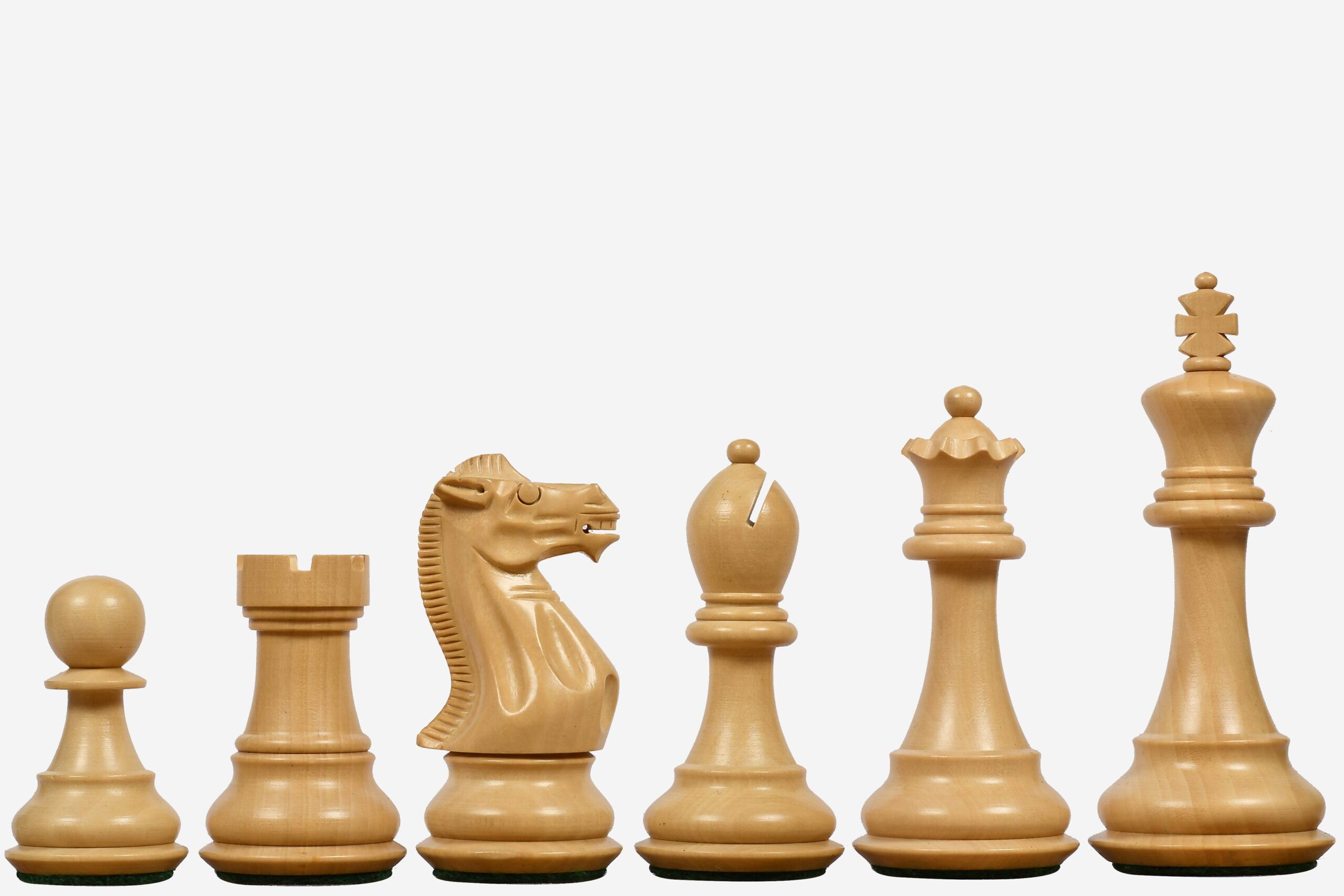
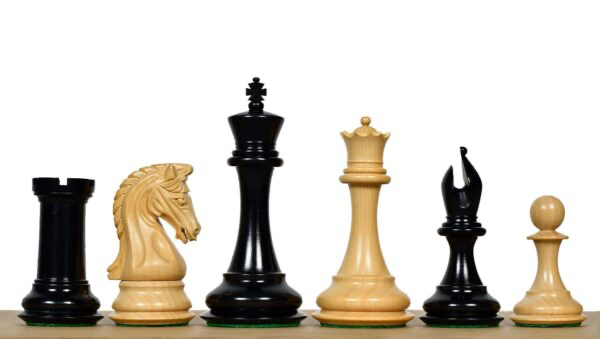
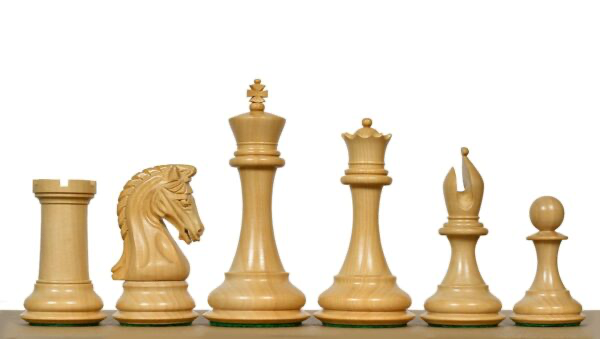
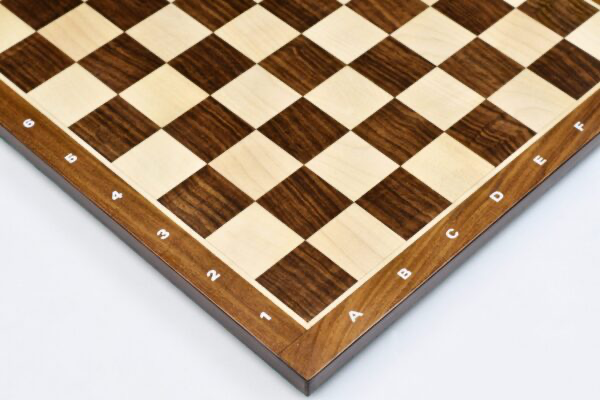
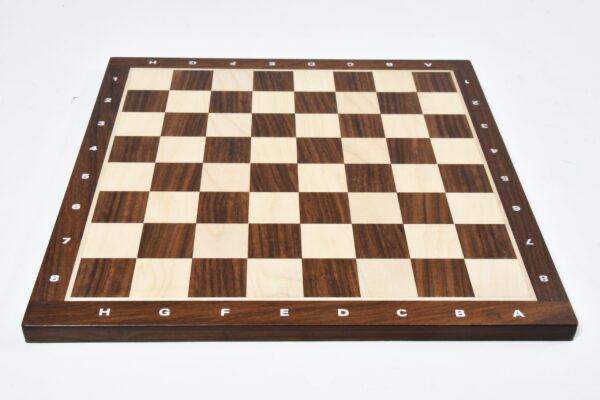
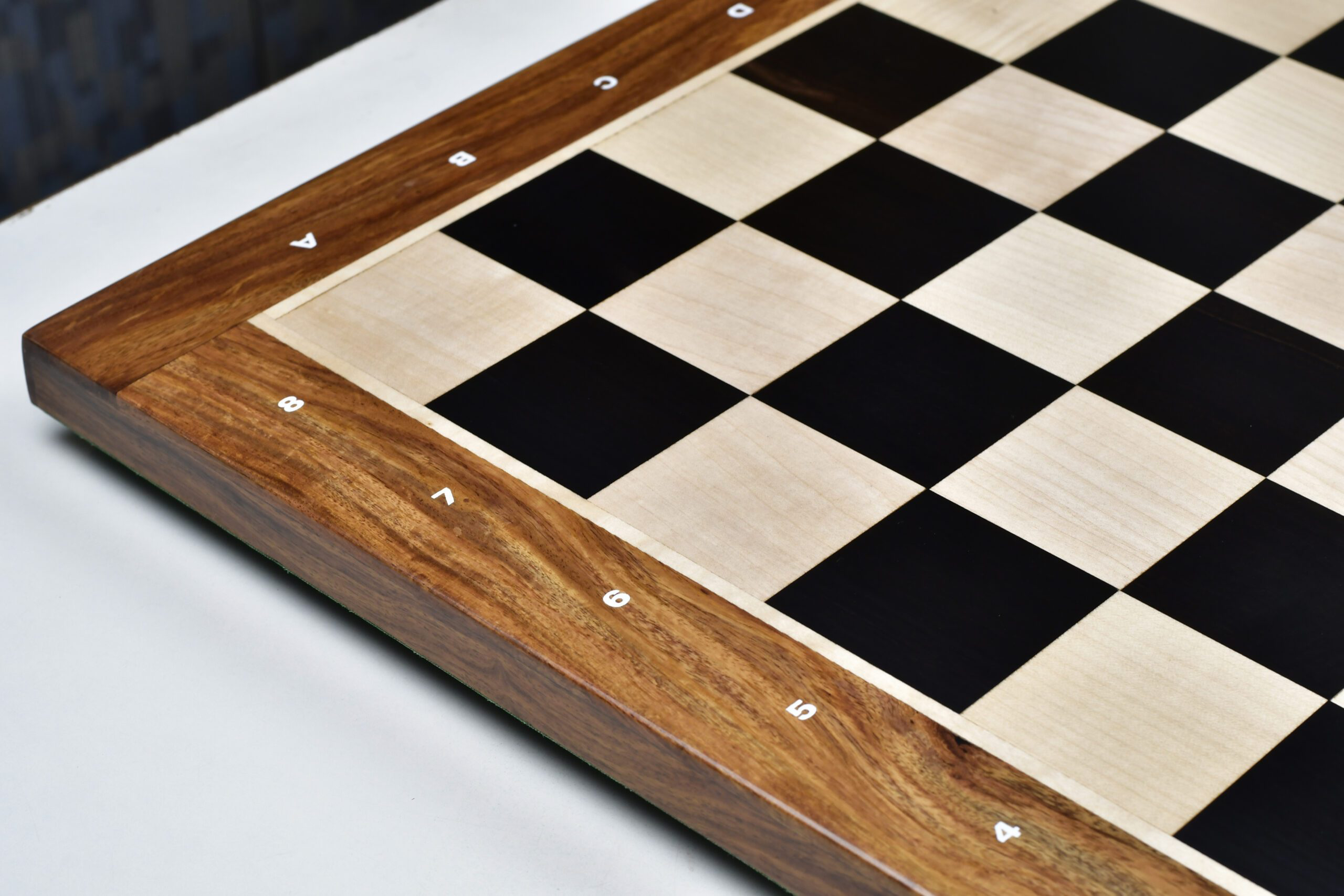
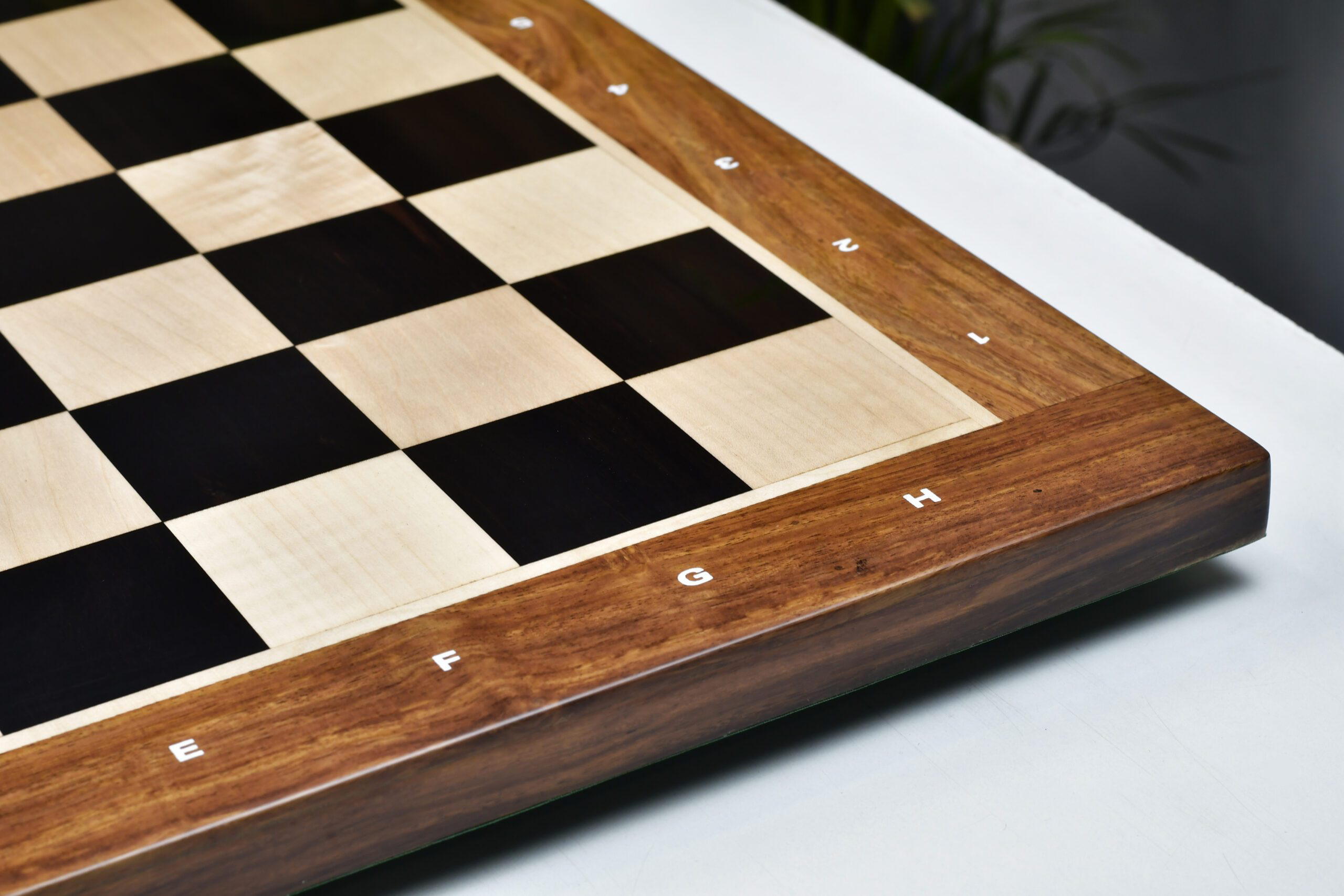


Leave a comment
All comments are moderated before being published.
This site is protected by hCaptcha and the hCaptcha Privacy Policy and Terms of Service apply.